We first came across the work of Kokyat Choong when he was named as one of the winners of the PHOTOBOOK NYC Photo Contest presented by PDN. The New York based photographer documented the acrobatics of a group of teenage boys jumping off the pier at Coney Island Beach in Brooklyn, images he had taken with his Leica X1. A self-described “interior designer with a camera,” his eye for design is apparent in his photographs, whether capturing an action-packed dance performance or the stillness of a piece of architecture. Here he shares the story of his photographic inspirations and aspirations.
Q: What does your photography mean to you?
A: I would say that my photography is very personal. It has a documentary feel, but also, I hope, an artistic aspect and anarchist idea in terms of angles, the play of light and shadow and of textures. I have always been fascinated by the visual world. I took up photography as a way to preserve the memories of things I see around me: people, architecture, nature, dance. My photographs are like a visual diary for me of my life in New York City and of my travels. I like to think they can also appeal to others who can share in my interests or expand their imagination by looking at things in a new way.
Q: What prompted you to enter the PDN Photobook NYC contest and how did you go about choosing the photos?
A: Some of my friends really liked the images I took of kids diving from a high perch at the beach in Coney Island. The photos had a very New York feel as well as a summer in the city sense about them. I thought they might be of interest to a wider audience, as a way of capturing a moment of young people doing something they love doing … something a bit risky, something that not everyone could or would be able to do. I liked how they turned out so I submitted them to the competition and was excited when they were chosen. It was fun to see this series on the big screen aboard the USS Intrepid at the winners’ celebration.
Q: When did you first discover photography as something you’d like to pursue?
A: I met Lois Lammerhuber from my first job in New York City 11 years ago. He is a photographer from Austria and his photographs inspired me. He was using Nikon, that is why my first SLR is a Nikon.
Q: Who has inspired or influenced your photography? Do you have any teachers or mentors, or were you self-taught?
A: I am a self-taught photographer. I was always inspired by Jaroslav Rossler. I love his images because they have depth and so many dimensions. I especially like the way he played with light and shade. I have recently been working on a series of images inspired by Magritte, I am trying to use my camera as a paintbrush or pastel to create some witty and surreal images without using Photoshop.
Q: How would you describe your photographs? Do they fall into a specific genre?
A: I would say my photos fall into several categories, probably starting with street photography with somewhat of a journalistic feel. I can become intrigued with everything from garbage and graffiti to famous ballerinas and high-fashion. Living in a great city like New York, I am exposed to all sorts of visual opportunities on a daily basis.
Also, I got into dance photography after meeting a blogger Philip Gardner three years ago. I contributed two posts to his blog of dance photographs that I had taken with the Leica X1: In the Studio with Joy Womack & Avi Scher and Pillow Prep: John-Mark Owen. I actually love to photograph dance using B&W High Contrast mode. When I go on dance shoots with Philip I like to bring my Leica along to capture the atmosphere. Dance photography is a special challenge, not just because you have to capture the exact moment when a step or gesture reaches its expressive peak, but also because dancers are very concerned with looking technically right in a photograph,. You have to think about pointed feet, line, and the arms, hands and fingers making a nice composition. The raw physicality of dancing, the sweat and strain of the muscles, can be quite beautiful in its own right, but dancers prefer to have an effortless facial expression. That is part of their art despite how hard they are working. When I am shooting in a dance studio, the image of George Balanchine by Henri Cartier-Bresson also inspires me.
Q: When did you discover and become interested in Leica? What prompted you to acquire the X1?
A: I have always loved the black & white images from Henri Cartier-Bresson and Elliott Erwitt. I did some research about which camera they used and I discovered it was Leica. After that, I dropped by the Leica Gallery in Manhattan a few times to see the exhibitions there and I automatically fell in love with the quality produced by Leica. Last year in July, I was at Adorama and they told me they might have one Leica X1 coming in the following day. I was so excited because normally you’d have to wait 3-4 months to order the X1 last year. I called them the next day and they told me that indeed one Leica X1 had come in. I was still undecided, but my friend Philip pushed me saying, “Life is too short; own a piece of Leica.” Finally, I called them and went to the store after work to buy my first Leica.
Q: What approach do you take with your photography?
A: My camera is my constant companion. I like to photograph from many different aspects; sometimes just seeing something unusual or beautiful I will simply pull out my Leica and shoot. At other times, I will head for a specific destination, either alone or with a friend, to see what images I can catch. In the past couple of years I have been documenting the creative process of dance companies based in New York City. These shoots have given me a chance to hone my skills at timing and capturing the fleeting images of an art form that is all about movement in a still photograph.
Q: Do you have any upcoming travel plans or dream destinations you’d like to photograph?
A: After reading a book from Winifred Lai entitled “Reflection, Reflections” I would love to travel to Salar de Uyuni in Bolivia. Now I only travel with Leica X1 instead of my DSLR, because it is light and powerful. The Leica X1 is a perfect camera to capture natural light from the sun.
-Leica Internet Team
You can see more of Kokyat’s work on his blog, http://reddotcamera.blogspot.com.
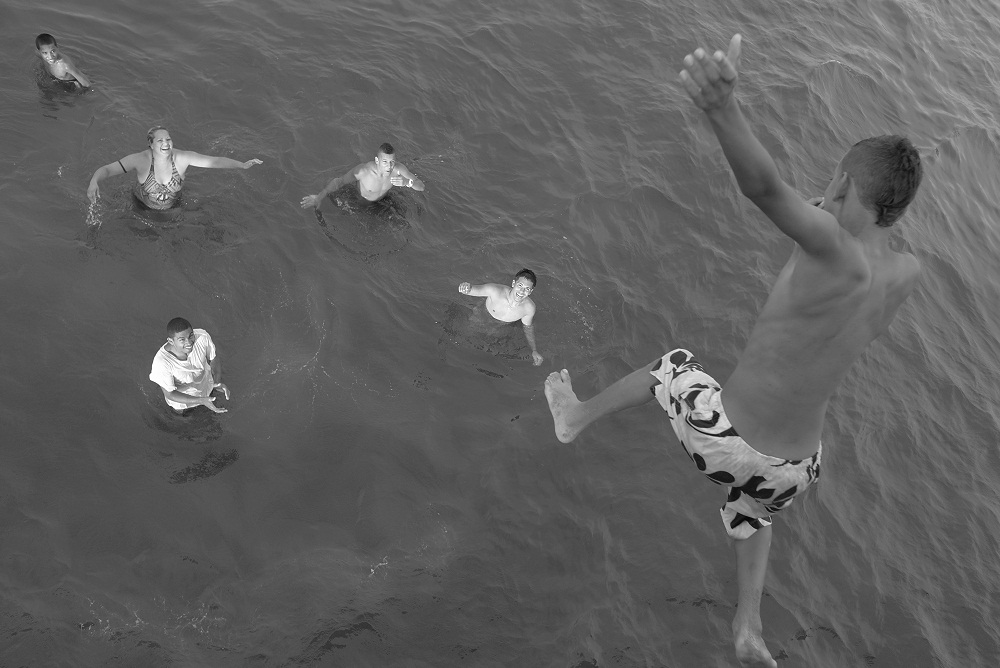

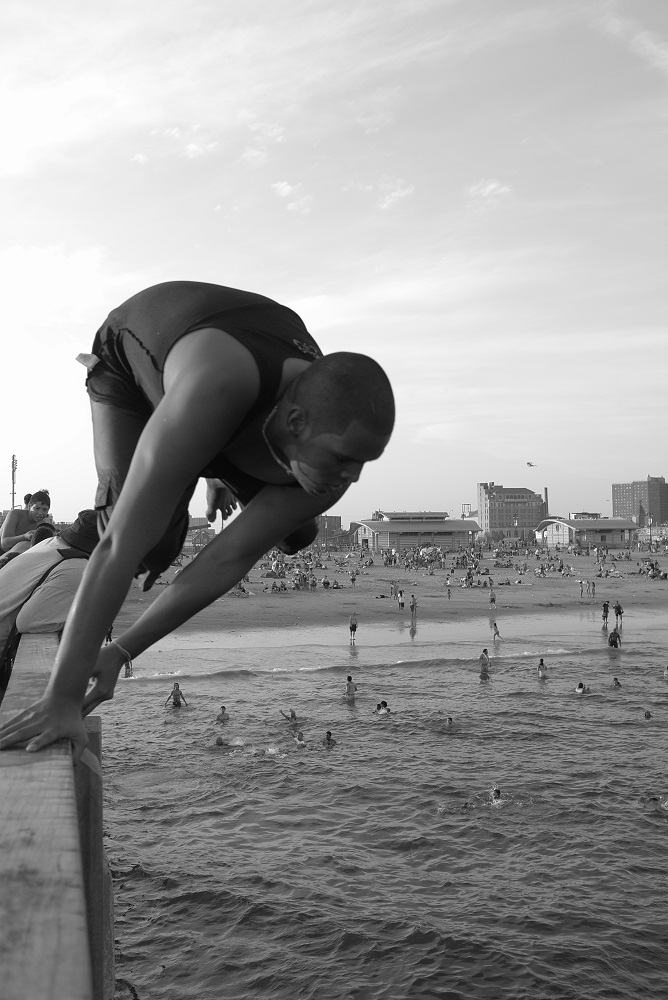
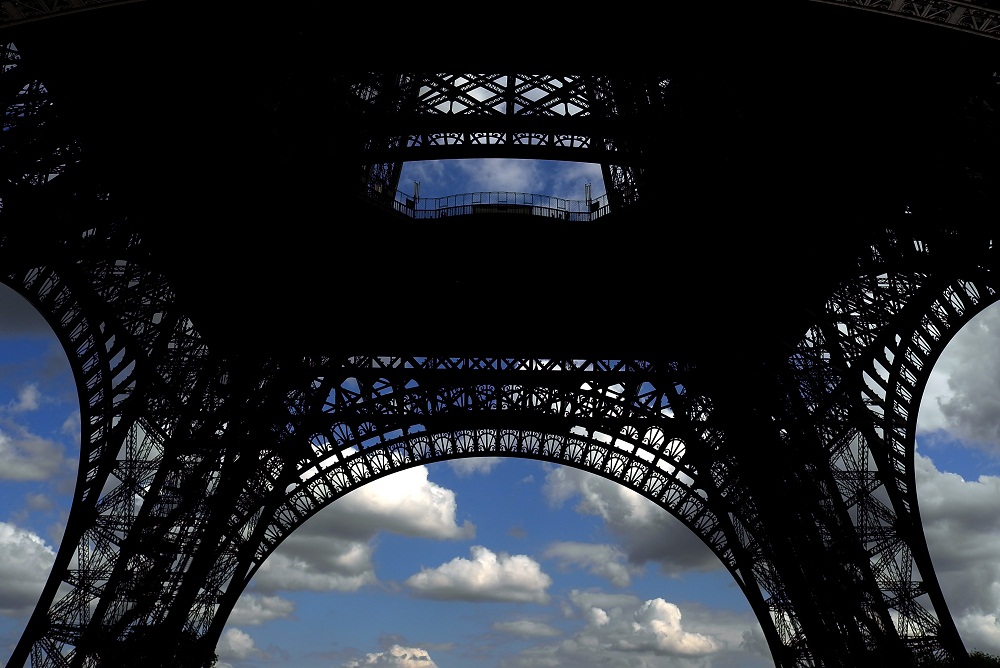
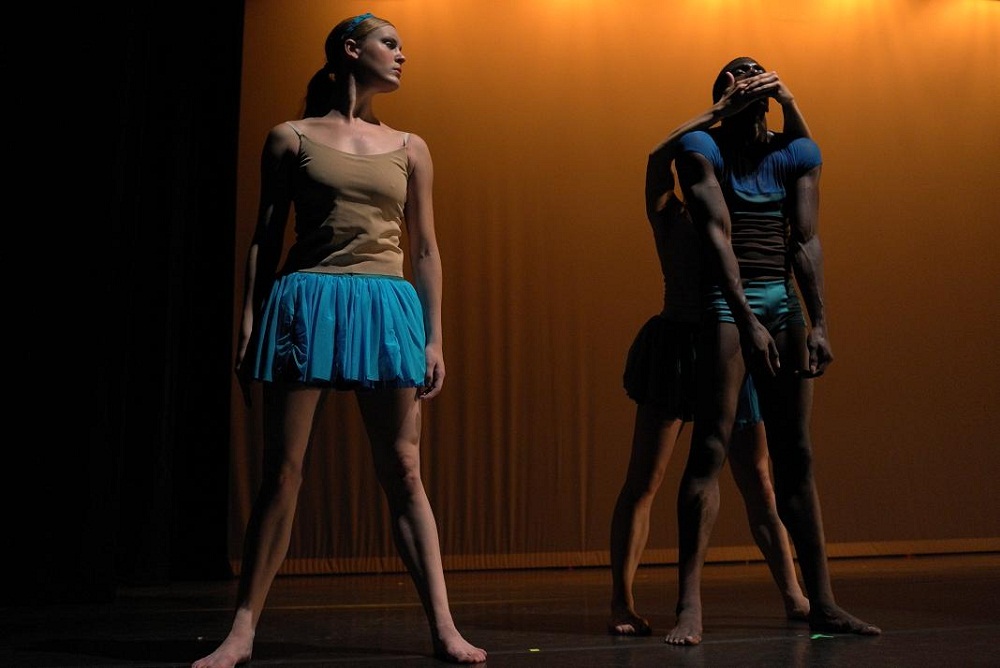
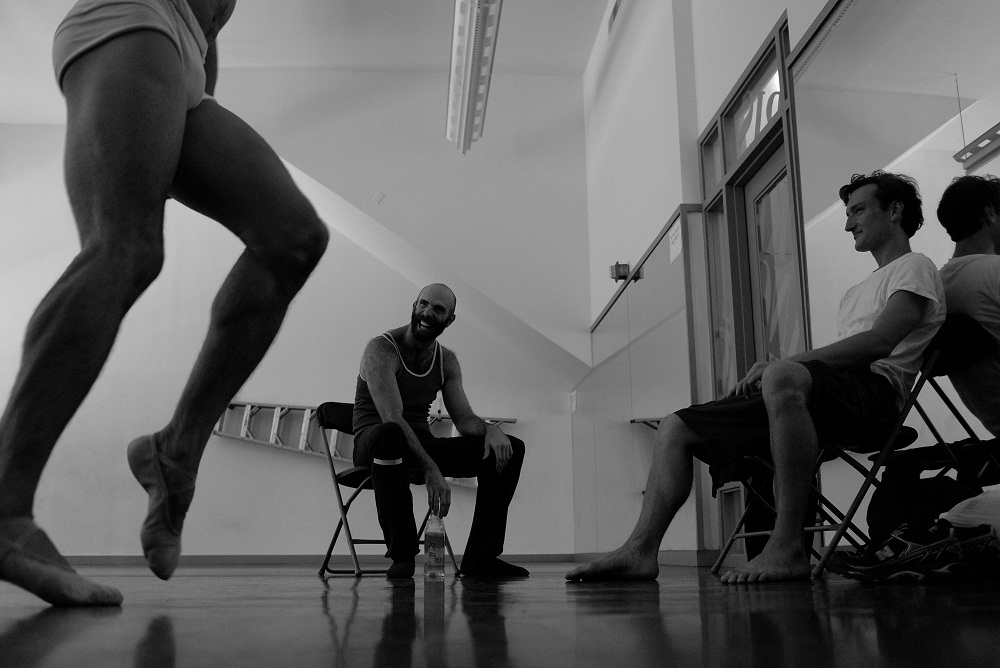
Comments (4)